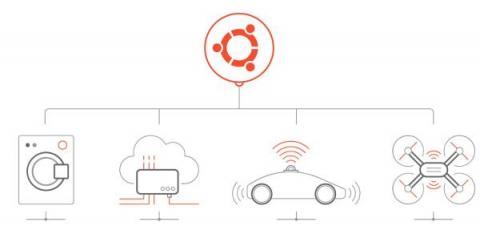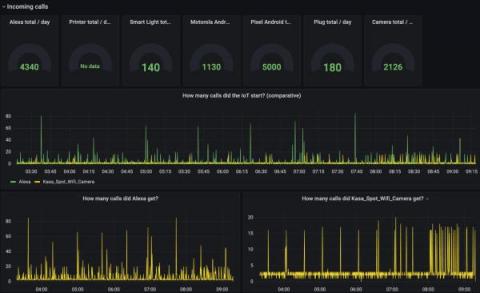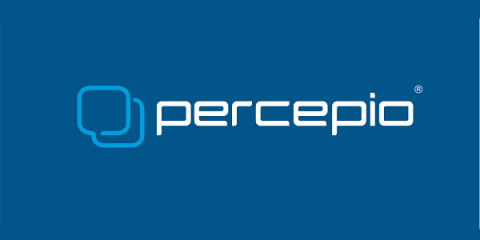Embedded systems: the advent of the Internet of Things - Part II
This is the second part of the two-part blog series covering embedded Linux systems and the challenges brought about by the proliferation of Internet of Things (IoT) devices. In Part I, we surveyed the embedded ecosystem and the role Linux plays within that space. This blog takes you on the next step in the journey, where we explore the most demanding challenges facing manufacturers of tightly embedded IoT devices.











